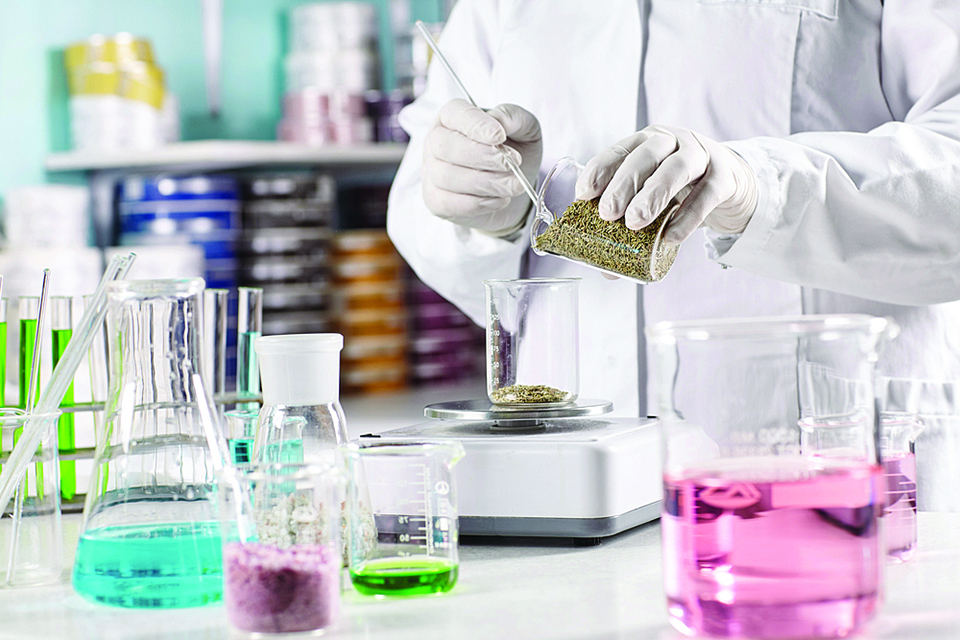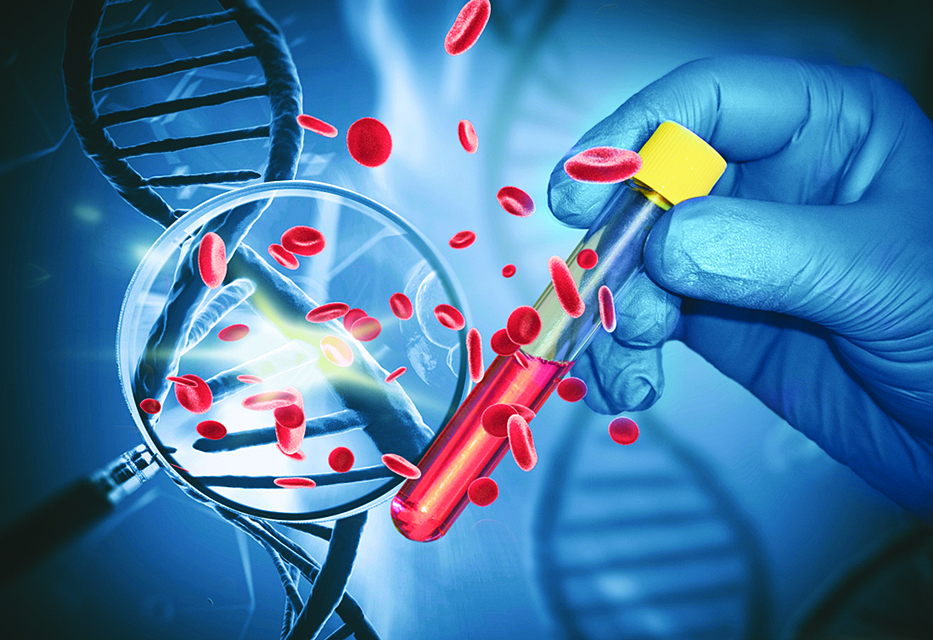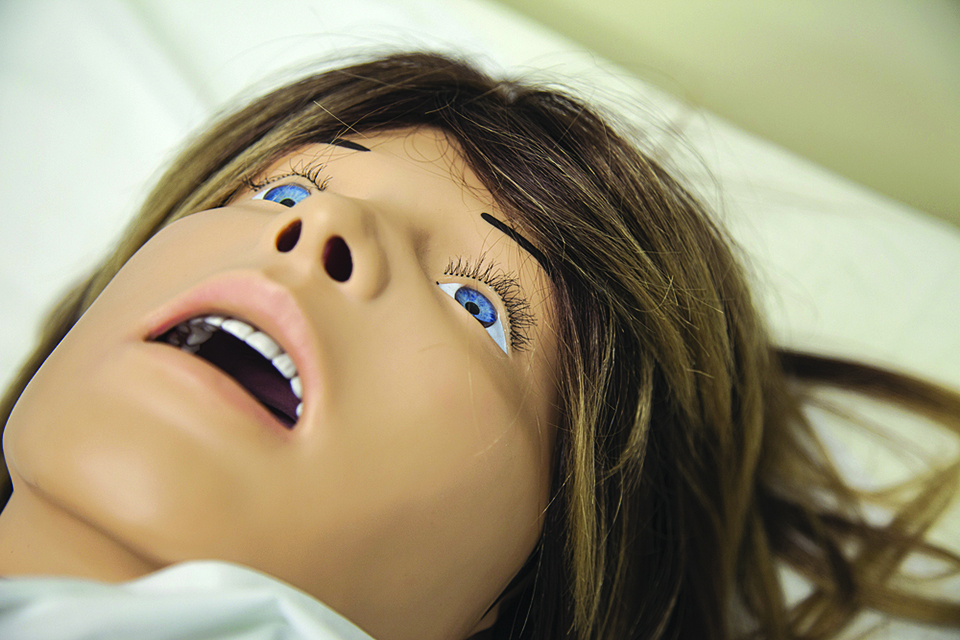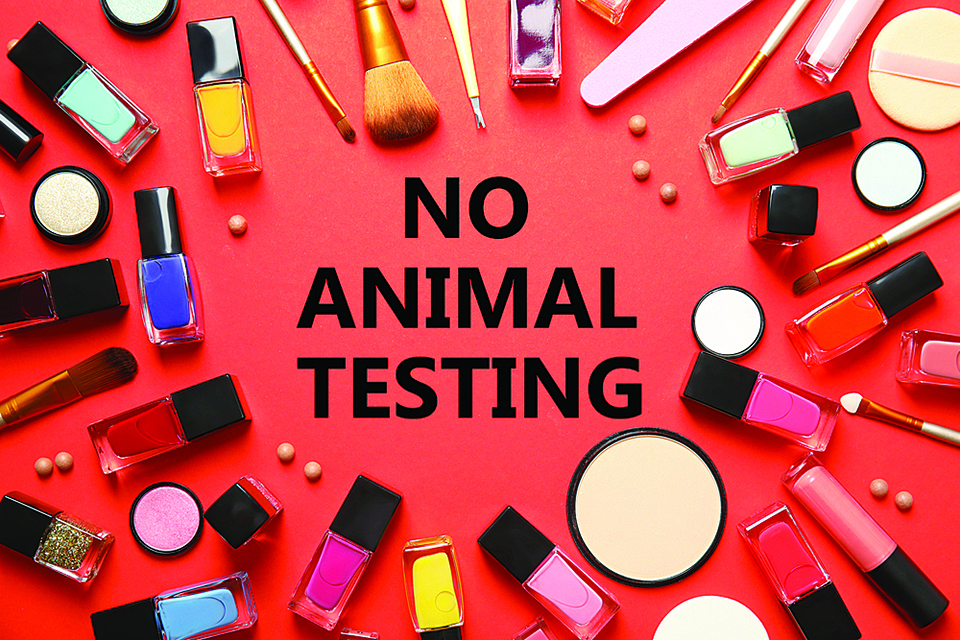WHAT YOU SHOULD KNOW ABOUT THE BAN, INCLUDING THE MANY ALTERNATIVES THAT DRIVE US CLOSER TO A CRUELTY-FREE WORLD
The EU Parliament is pushing for a worldwide ban on the animal testing of cosmetics. Two years away from the 2023 deadline, even countries known for requisite testing are softening on their stance.
While animal testing is still being used in research, current data and research alternatives indicate that it may already be an outdated way to gather vital information. Unfortunately, even if many countries no longer recommend that cosmetic products and household ingredients be tested on animals, a few others still require it.
As animal lovers, the readers of Animal Scene might want to know about cruelty-free products and the progress being made towards a global ban on animal testing.

WHAT DOES ‘CRUELTY-FREE’ MEAN?
When a product is cruelty-free, it means that it has not been tested on animals.
The cruelty-free label is often found on cosmetics, because those are the products that are frequently tested on animals. Cruelty-free products often use ingredients that have long been established safe for human use. They may have also been manufactured in countries that have already banned animal testing, such as the EU, Australia, Colombia, Guatemala, Iceland, India, Israel, New Zealand, Norway, South Korea, Switzerland, Taiwan, Turkey, the UK, and several states in Brazil.
These countries have the well-being of animals in mind and hope to eliminate unnecessary animal suffering and death.
WHAT ARE THE ALTERNATIVES TO ANIMAL TESTING?
Animal testing is a relatively outdated practice to establish the safety of different products for human use.
Manufacturers can create products based on ingredients that have already been deemed safe for human use. In places where animal testing is banned for cosmetic products, such as the EU, there are alternative methods that can provide data on the safety and efficacy of products without involving animals.
Here are just a few.

HUMAN CELL-BASED TESTS
There are in-vitro methods of testing that do not require the use of animals. A human cell-based test is an advanced cruelty-free method that poses fewer risks as it uses actual human cells.
This method uses scaffolds from human cells that were cultured in a lab. These human skin cells are usually donated by plastic surgery patients who are well suited for the testing of various cosmetic products.

SOPHISTICATED COMPUTER MODELS
Also called the in-silico testing, this uses sophisticated programs to analyze data. It is a great alternative to animal testing because it is a safe and humane way to test for the effects of a specific product.
Computer models have pre-loaded data gathered from previous research to help scientists analyze and compare results. They can be used to help predict the potential side effects of a new product based on its ingredients and concentrations.

HUMAN-PATIENT SIMULATORS
Human-patient simulators provide synthetic models on which to test the products. They use materials that are similar to the human skin or body part on which the product is to be used.

TESTS ON HUMAN VOLUNTEERS
This process is of course considered ethical as the volunteers give their informed consent. They are made aware of the potential effects of the experiment before they agree to join, and they can withdraw from the test at any time.
For cosmetic testing, only the products with ingredients that are already established as safe can be tested on human volunteers.

WHAT ARE THE FLAWS OF ANIMAL TESTING?
Animal tests don’t always provide results that are parallel to how a human would react to a product or ingredient. Humans, after all, belong to a different species, and the differences among species can of course result in a difference in reactions.
[Not long ago, the drug thalidomide was tested on animals. It was the lack of considerable side effects in animal testing that prompted the approval of this drug for human use. Later, women who took thalidomide while they were pregnant gave birth to babies with limb defects, termed phocomelia. -Ed.]
Humans and animals can react differently to the same product, and in many cases, there is a low correlation between the results of animal testing and those of human trials.
CRUELTY-FREE, GUILT-FREE
The emergence of cruelty-free products proves that animal testing does not have to be a requisite. Many countries have already banned animal testing as a way of moving humanity forward.
With the advent of cruelty-free ways of testing cosmetics, the future looks promising for both animals and humans.






